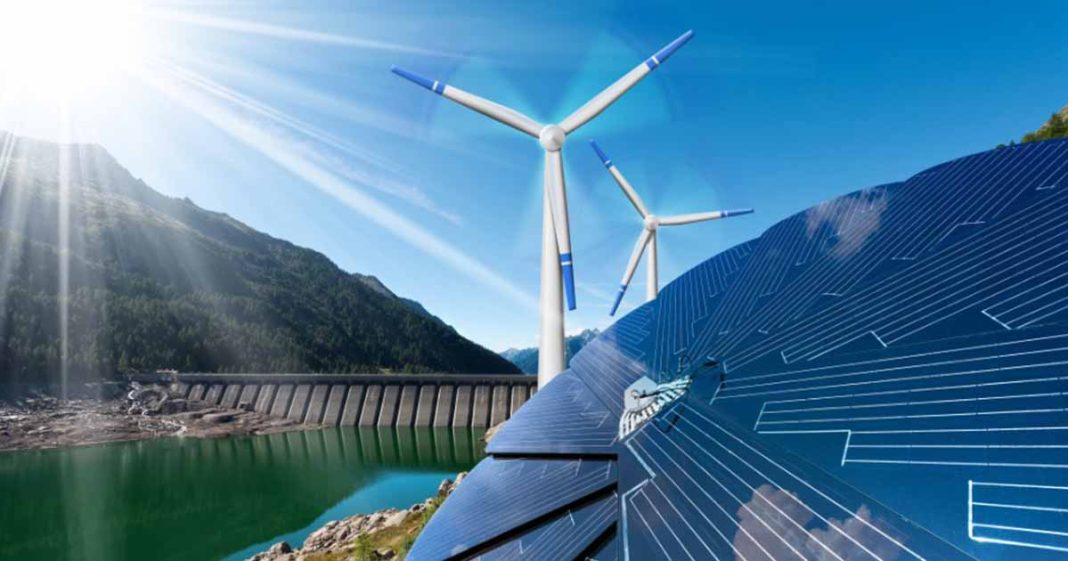In a bid to resolve the energy problems of the country, increase supply and ensure the energy security of the populace in the years to come, the Government of Pakistan started the REDSI programme back in December 2006. A staggering rise in the production of electricity was targeted – from 19.5 GW in 2006 to 162.6 GW in 2030. The finances required to build this capacity were evaluated to be worth $150 billion.
“In the $150 billion power sector investment plan, physical investments for renewable energy were projected to reach $13.9 billion by 2030, of which $2.2 billion were expected by 2015,” the report mentioned. The share of renewable energy as a proportion of total energy output was set to be 3.5% by 2015 and 6% by 2030.
Read more: CCI approves IGCEP model to allow efficient usage of electricity
The federal government at the time reached out to the ADB in a quest to meet their financing requirements. The ADB approved a multi-tranche financing facility (MFF) for the REDSI programme. It was aimed at providing 23.2% of the $2.2 billion financing plan. The strategic objectives of the REDSI programme were as follows:
- Energy diversity and security
- Environmental sustainability
- Universal electrification
- Poverty reduction
- Social equity
Tranche 1 of the MFF was set to fund the completion of small hydropower projects in KPK and Punjab. $115 million of tranche 1 focused on physical investments in eight small hydropower subprojects in KPK and Punjab. Tranches 2 and 3 were set to finance projects in other provinces and to broaden the range of renewable energy resources and technologies invested in.
CCI today approved alternative & renewable energy policy of the Govt. The new policy will inshallah unleash the full renewable potential of Pakistan. After starting historic development of hydel resources by PTI govt, now we will see highest ever growth of other renewable energy
— Asad Umar (@Asad_Umar) August 6, 2020
“Tranche 1 had significant delays and tranches 2 and 3 were cancelled, reducing the program to a de facto stand-alone loan,” the report outlined. Furthermore, tranche 1, set to be completed in June 2012 lingered on till June 2018.
Tranche 1’s total cost was $145 million equivalent, with an ADB loan covering 80 percent and the government financing the balance. At the time of completion, tranche 1’s actual total cost was $144.7 million – 77.9 percent from the ADB and the balance from the government. The whole program financially closed in June 2018.
The programme completion report (PCR) has rated the program as less than effective but relevant. The PCR listed 17 specific delays, which can be generally attributed to five areas.
Read more: UNGA: PM Khan rallies world to support Taliban govt.
Firstly, design and readiness issues were a major source of slowing the pace of projects. Delayed preparation and approval of model studies of program components and ground water conditions, additional dewatering, and land acquisition requirements due to geological conditions at Marala sub-project were all contributing factors in these slowdowns.
Secondly, procurement issues e.g. taking advance action on recruiting consultants and additional time required for government’s approval, added further to the core problem.
Thirdly, contractors’ performance issues, specifically insufficient financial and human resources of the sole contractor for all four sub-projects in Punjab province and the contractors’ weak performance for Deg Outfall and Chianwali sub-projects are also woth noting.
PM's speech also highlighted Pakistan's commitment & initiatives to combat climate change -our program for reforestation,preservation of natural habitats,switching to renewable energy, removing pollution.He also stressed upon promoting respect for human rights #PMImranKhanAtUNGA
— Faisal Javed Khan (@FaisalJavedKhan) September 24, 2021
Lastly, the government’s internal approval procedures, like long procedures for approval by the Planning Commission and delays in tariff determination by the National Electric Power Regulatory Authority (NEPRA) hampered the progress of REDSI greatly.
REDSI’s aimed outcome was partially achieved. In 2015, the share of renewable energy generation in the total generation was 1.35%, lower than the 1.5% target. The PCR declared the programme as ‘efficient’, as the 16.4% reevaluated economic internal rate of return (EIRR) of the four completed plants combined, exceeded the 12% benchmark. Ironically, the PCR has categorized the programme as sustainable.
Read more: Power tariff hiked by 40pc over three years
Prime Minister Imran Khan has promised that Pakistan – by 2030 – would produce 60 per cent of its electrical power from renewable sources. Currently, Pakistan generates 64 per cent of its electricity from fossil fuels, with another 27 per cent from hydropower, 5 per cent from nuclear power and just 4 per cent from renewable energy.














